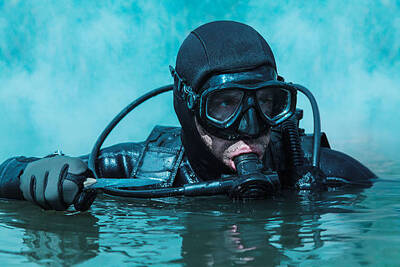How to Get the Most Out of Your Drysuit
-
As cold-water diving destinations grow in popularity, so too do opportunities for drysuit diving around the world. Drysuits are used for a variety of dives, including but not limited to ice diving, deep diving, polar diving, and cave diving. While drysuits are not difficult to use, they are not always intuitive and require specialized training. If you are considering trying this specialized gear, here are some helpful tips.
Start with a Suit
Choosing a suit based on body shape, size, weight, and fit is essential for comfort, mobility, and effective warmth retention.
Stay Comfortable
Whether you rent or buy a drysuit, plan to practice in the pool every time you change your wetsuit or base layer. Depending on the water temperature, you will need different base layers, hoods, and gloves. Practice donning and doffing the suit until you are comfortable. Diving with gloves and a hood on can be more difficult. While it is uncommon, if your drysuit valve becomes stuck, you need to be able to disconnect it to prevent an uncontrolled ascent.
Switching Positions
To switch from horizontal to vertical, or from vertical to horizontal without changing depth, lower your legs and, without kicking your fins, keep your feet down and your shoulders up. This allows you to transfer air from your feet to your shoulder valves as needed. Since you maintained depth, the air in the drysuit has not expanded, and you can now exhaust air without ascending. As you practice, explore breathing in and out while lowering your legs to further master this skill.
Pro Tips
Once you learn to dive in a drysuit, you will want to gain experience in the various conditions and water temperatures you plan to explore.
-
QingTian Li likes this





